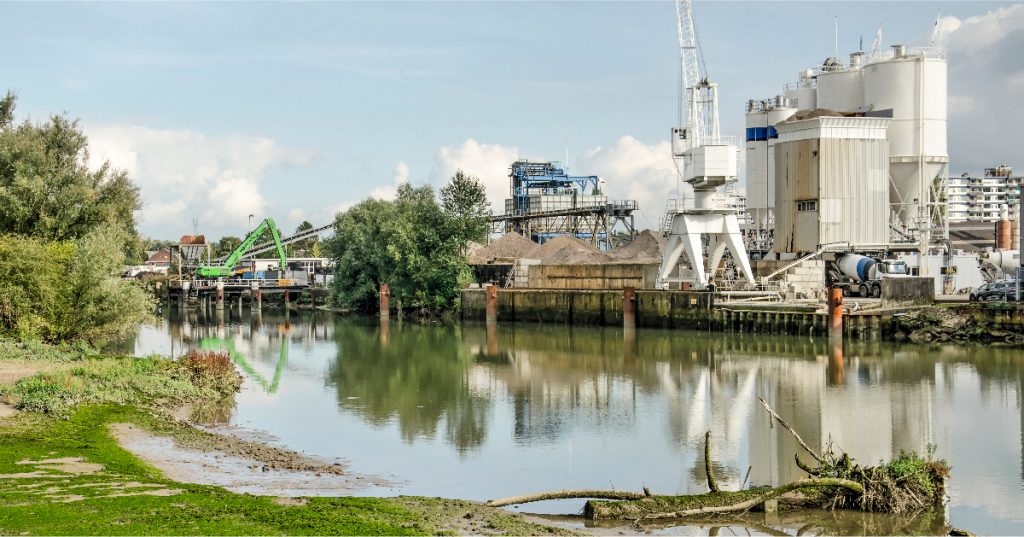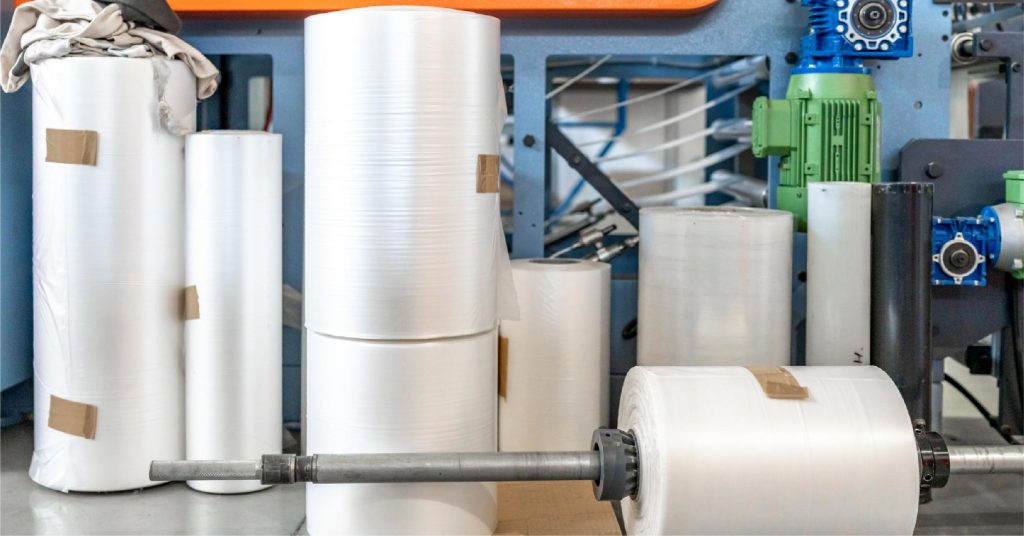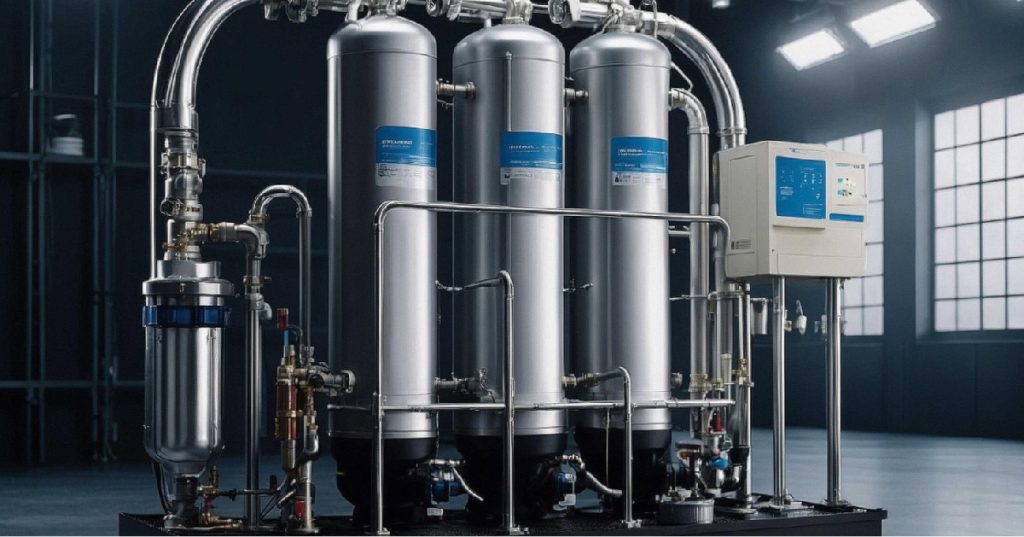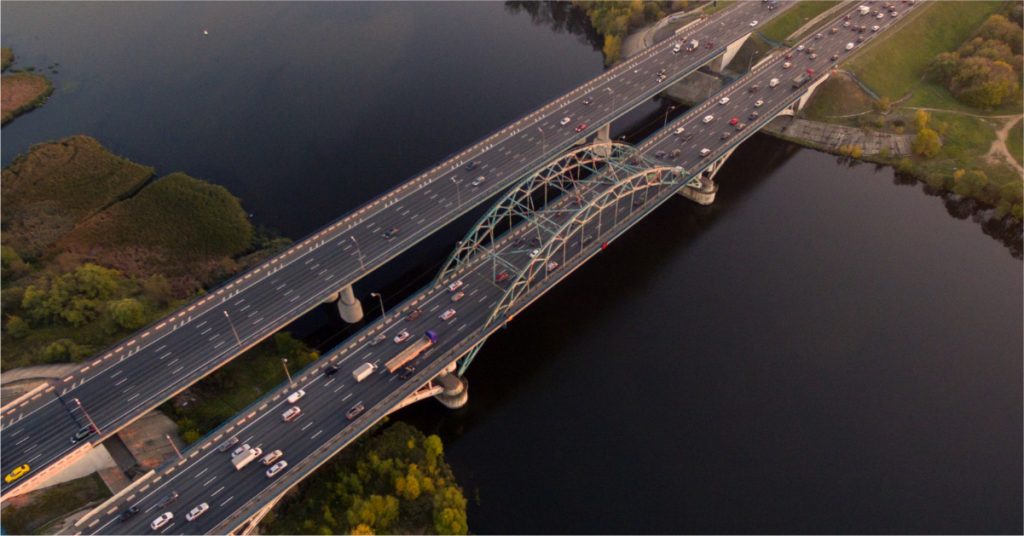Water is an indispensable resource for industries across South Africa—used for processing, cooling, cleaning, and as a raw material in production. However, industrial activities are also one of the major contributors to water pollution when wastewater and hazardous substances are discharged untreated into rivers, lakes, and groundwater. In a country already facing water scarcity and climate-related stress, adopting effective industrial strategies for the prevention of water pollution is not just a regulatory requirement but a moral and operational necessity.
This blog explores how industries in South Africa can contribute to the prevention of water pollution through modern strategies, technological upgrades, and alignment with regulatory frameworks such as the Water Prevention and Control of Pollution Act.
Table of Contents
ToggleUnderstanding the Impact of Industrial Water Pollution in South Africa
Industries such as mining, manufacturing, petrochemicals, textiles, and agriculture often generate wastewater that contains heavy metals, toxic chemicals, oils, and organic matter. If not properly managed, these pollutants can contaminate nearby water sources, harming human health, aquatic ecosystems, and agricultural productivity.
In South Africa, areas such as the Vaal River and parts of KwaZulu-Natal have already experienced severe environmental degradation due to industrial discharge. Moreover, acid mine drainage (AMD) from mining operations continues to pose a threat to surface and groundwater quality, especially in the Gauteng and Mpumalanga regions.
Legal Framework: Water Prevention and Control of Pollution Act
South Africa does not have a law by the exact name Water Prevention and Control of Pollution Act, but the equivalent legislation is primarily covered under:
- The National Water Act (Act No. 36 of 1998)
This act gives the Department of Water and Sanitation (DWS) the authority to regulate water use and pollution control. It mandates that industries must apply for water use licenses and implement pollution prevention measures. - The National Environmental Management Act (NEMA)
This provides an overarching framework for all environmental legislation in South Africa, including provisions to prevent water pollution from industrial sources. - Regulations under the Water Services Act
These outline municipal responsibilities and penalties for water contamination.
Understanding and complying with these laws is a foundational step toward industrial pollution control.
Industrial Strategies for Prevention of Water Pollution
Below are key strategies that industries in South Africa can adopt to prevent and control water pollution effectively:
1. Implementation of Closed-Loop Water Systems
A closed-loop system recycles and reuses water within the industrial process instead of discharging it. This significantly reduces the volume of effluent and ensures minimal contamination of external water sources. For example, cooling systems in steel plants or dyeing operations in textiles can be redesigned for water reuse.
2. Onsite Wastewater Treatment Plants (WWTPs)
Installing advanced wastewater treatment plants allows industries to treat effluents before discharge. Treatment methods can include:
- Physical filtration
- Chemical coagulation
- Biological digestion
- Advanced oxidation processes (AOPs)
These plants ensure compliance with regulatory standards and help in the prevention of water pollution at the source.
3. Zero Liquid Discharge (ZLD) Technologies
ZLD is an advanced strategy aimed at the complete elimination of liquid waste. Treated water is recycled, and the remaining sludge is safely disposed of or repurposed. Several South African industries—especially those dealing with hazardous materials—are beginning to explore ZLD as a sustainable long-term investment.
4. Regular Monitoring and Auditing
Industries should conduct frequent water quality assessments and environmental audits. Parameters like Biological Oxygen Demand (BOD), Chemical Oxygen Demand (COD), pH, heavy metal content, and total suspended solids must be monitored to ensure compliance with national standards.
5. Training and Awareness Programs
Employee awareness plays a huge role in environmental compliance. Industries must regularly train staff on handling hazardous materials, emergency protocols for spills, and best practices for pollution control.
6. Eco-friendly Chemical Substitution
Where possible, industries can switch from harmful chemicals to biodegradable or less toxic alternatives in their manufacturing processes. This simple change can drastically reduce the risk of harmful contaminants reaching water sources.
7. Stormwater Management
Industrial sites should have designated drainage systems and stormwater management plans to prevent runoff from carrying pollutants into nearby water bodies. Oil-water separators and sediment traps are effective tools for managing contaminated runoff.
8. Collaboration with Environmental Agencies and NGOs
Partnerships with local environmental bodies, universities, and NGOs can provide industries with updated knowledge, technology access, and community goodwill. Working together ensures that industrial efforts align with regional water conservation goals.
Benefits of Adopting Pollution Prevention Strategies
- Regulatory Compliance: Avoid fines, license cancellations, and reputational damage by staying compliant with South African environmental laws.
- Cost Efficiency: Reusing water reduces operational costs and improves long-term sustainability.
- Brand Trust: Companies demonstrating environmental responsibility are more likely to attract customers, investors, and talent.
- Environmental Stewardship: Preserving water quality supports biodiversity, protects community health, and contributes to national water security.
Ion Exchange’s Vital Role in Combating Water Pollution
Ion Exchange, a leader in water treatment solutions, has been instrumental in combating water pollution globally. By providing advanced water treatment technologies and systems, Ion Exchange helps to improve water quality and reduce the prevalence of diseases caused by water pollution. Their solutions include innovative water purification systems that remove contaminants from drinking water, making it safe for consumption.
INDION Lampak, developed by Ion Exchange, is a compact, modular unit designed to meet the drinking water needs of communities and industrial applications. It integrates a pump, static mixer, flocculator, lamella clarifier, gravity sand filter, and chemical dosing systems to produce disinfected water with less than 5 mg/l TSS from feed water containing up to 500 mg/l TSS. INDION Lampak is easy to operate, requires minimal maintenance, and can be powered by a diesel generator or renewable energy, making it ideal for areas without electricity. Its lightweight, corrosion-resistant materials and space-efficient design ensure easy transport, operation, and maintenance.
It effectively removes dissolved iron from feed water, which is commonly present as ferrous bicarbonate in groundwater. This advanced filter uses a catalytic oxidation process, eliminating the need for chemicals and ensuring that the treated water contains less than 0.3 ppm of iron. Designed for convenience, the NGIRF features a corrosion-resistant construction with a Fiber Reinforced Plastic (FRP) pressure vessel and PVC pipes. It is pre-assembled, tested, and equipped with user-friendly valves, making it a reliable and easy-to-operate solution for treating water with high iron content.
-
INDION Water Potability Test Kit
The INDION Water Potability Test Kit is a comprehensive tool designed to measure the eight crucial chemical parameters of drinking water as specified by the Bureau of Indian Standards. This user-friendly kit provides accurate and quick results for pH, total hardness, alkalinity, chloride, fluoride, chlorine, iron, and nitrate. Ideal for use by semiskilled individuals, it offers an affordable solution for ensuring safe drinking water.
Decentralized sewage treatment solutions, like the INDION, Packaged Sewage Treatment Plants, are designed as compact, single-tank units that generate low sludge volumes and require minimal electricity, making them highly cost-effective. These systems are available in capacities ranging from 10 to 100 m³/d, and for larger needs, advanced options using Fluidized Media Reactor (FMR), Moving Bed Biofilm Reactor (MBBR), and Membrane Bio-Reactor (MBR) processes are offered to handle higher flow rates efficiently.
Conclusion
Industrial pollution is a growing concern, but it’s also an area where meaningful change is possible. By adopting proactive strategies, industries in South Africa can contribute significantly to the prevention of water pollution, protect vital water resources, and align with national and global sustainability goals.
Understanding the intent behind the Water Prevention and Control of Pollution Act and integrating its principles into operations isn’t just about avoiding penalties—it’s about future-proofing your business and being a responsible part of South Africa’s water journey.





